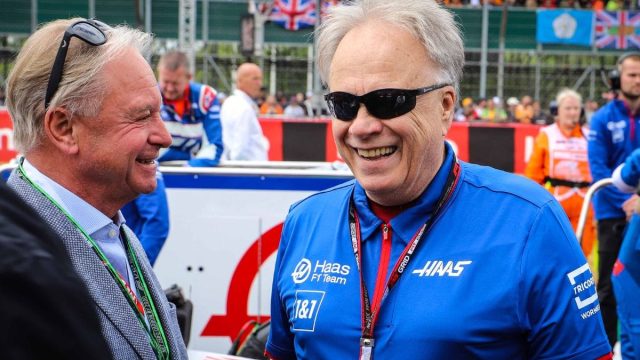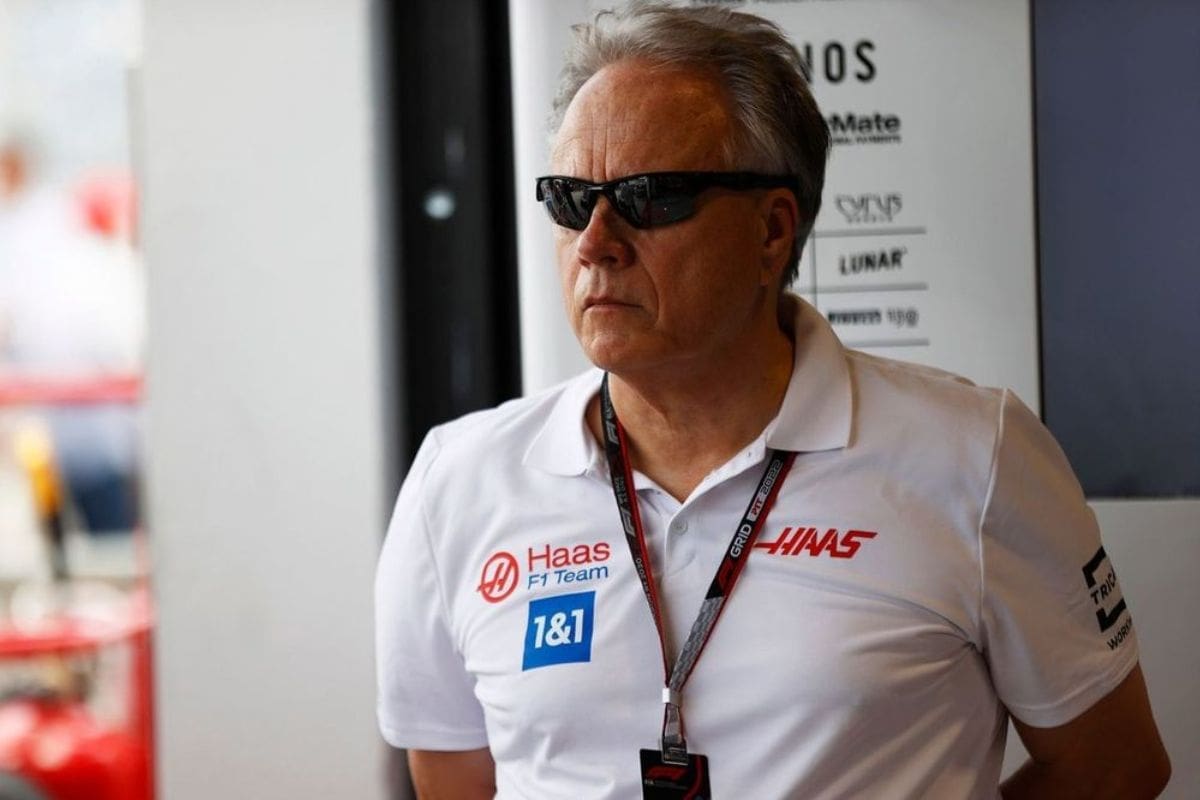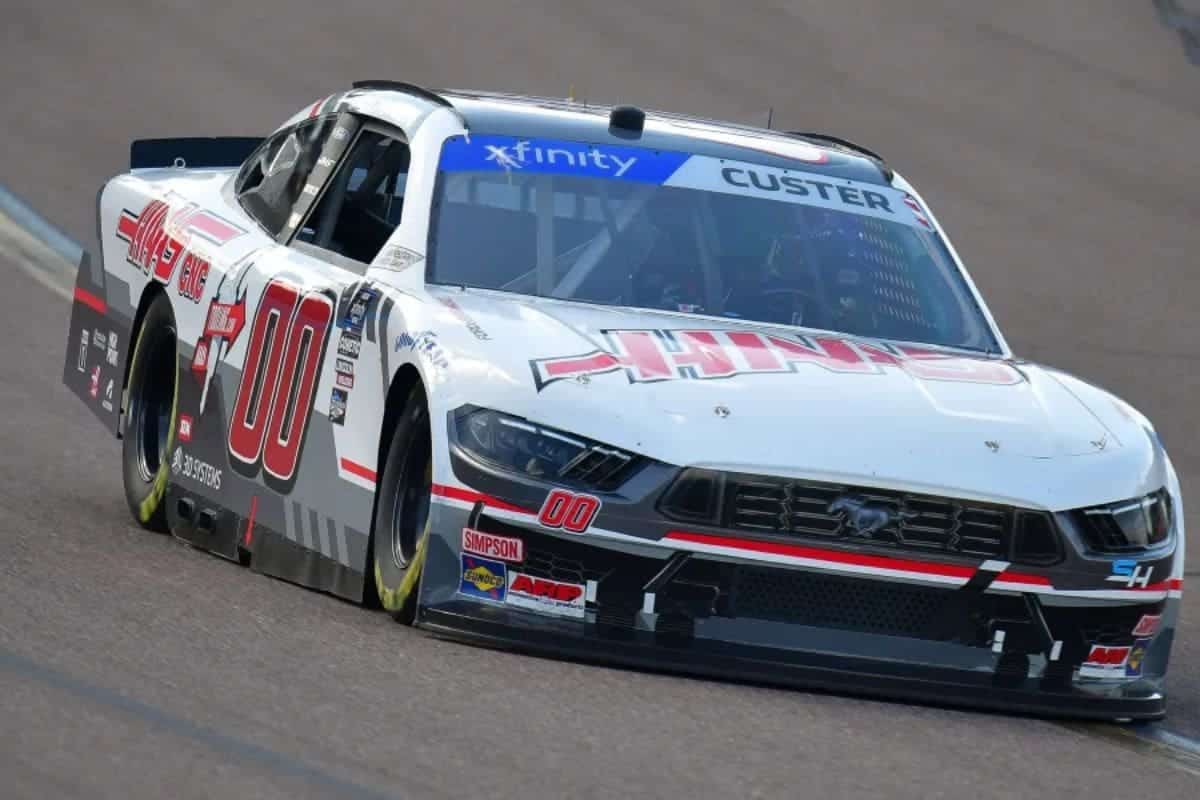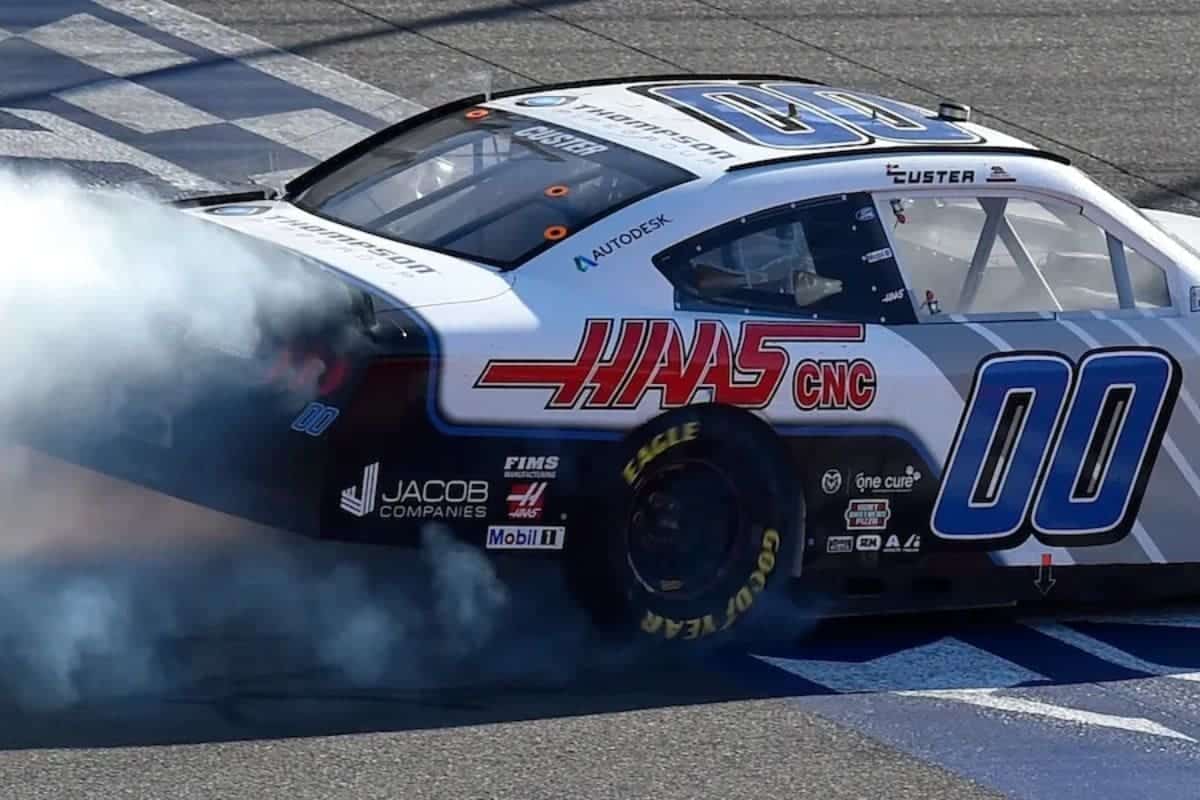Gene Haas’s NASCAR Revival: Gene Haas’s decision to revive his involvement in NASCAR by retaining a charter and establishing the Haas Factory Team highlights his deep commitment to the sport’s potential. However, the challenges inherent to single-car teams pose significant obstacles. Financial constraints, lack of data-sharing benefits, and difficulties in securing sponsorships are key challenges. Success depends on strategic management, resourceful partnerships, and technological innovation. Expert analyses emphasize the severe economic strains and competitive disadvantages without strong OEM support.
Key Highlights
- Retaining a NASCAR charter under the new Haas Factory team shows Gene Haas’s commitment to the sport.
- Single-car teams face competitiveness and financial sustainability challenges, lacking data-sharing and synergistic benefits.
- Success depends on strategic partnerships with OEMs and securing sponsorships for visibility and operational sustainability.
- Industry experts highlight the economic strain and competitive disadvantages faced by single-car teams without factory support.
- Utilizing cutting-edge technology and data analytics can enhance decision-making, on-track performance, and operational efficiency.
Gene Haas’s Unexpected Move
Gene Haas’s decision to retain a NASCAR charter under the new Haas Factory team, despite Stewart-Haas Racing’s impending exit, marks an unexpected yet strategic move in the world of stock car racing. This announcement, coming at a time when many anticipated Haas to follow Tony Stewart’s exit, has stirred considerable interest within the racing community. Haas’s decision highlights his steadfast commitment to NASCAR and reveals a calculated strategy to maintain a foothold in the sport, despite the dissolution of his successful partnership with Stewart.
The retention of a single charter signifies more than just an interest in remaining part of NASCAR; it reflects Haas’s belief in the potential and future of stock car racing. By establishing the Haas Factory team, Haas is not only preserving his presence in the sport but also positioning himself to capitalize on new opportunities that may arise in the evolving NASCAR landscape. This move suggests that Haas sees value and potential growth in the series, even under the constraints of a single-car operation.
Moreover, this decision could be viewed as a strategic point, allowing Haas to streamline operations and focus resources more effectively. It provides the flexibility to adapt to changing dynamics within NASCAR, such as changing regulations, shifting market conditions, and emerging technological advancements. By concentrating on one team, Haas is likely aiming to cultivate a more agile and responsive entity capable of going through the complexities of modern racing.
Challenges of Running a Single-Car Team
Tackling the intricacies of NASCAR with a single-car team poses significant challenges, especially in terms of competitiveness and financial sustainability. Gene Haas’s new venture, Haas Factory Team, is ready to face an uphill battle in a sport where multi-car teams often dominate.
NASCAR insider Brett Griffin highlights the inherent difficulties in maintaining competitiveness; single-car teams lack the data-sharing advantages and synergistic benefits that multi-car operations enjoy. This difference can lead to slower on-track adjustments and strategic disadvantages during races.
Financial constraints further compound these challenges. Operating a single-car team in the NASCAR Cup Series requires substantial investment, yet offers limited economies of scale. Multi-car teams can spread costs across multiple entries, benefiting from bulk purchasing and shared resource allocation—luxuries that HFT will not have. This financial imbalance could hinder HFT’s ability to invest in top-tier technology, engineering talent, and thorough testing, all crucial components for success in NASCAR.
Moreover, sponsorship acquisition can prove more challenging for single-car teams. Sponsors often prefer aligning with established, multi-car teams that provide broader exposure and a higher likelihood of on-track success. As a result, HFT may struggle to secure the profitable sponsorship deals necessary to sustain long-term operations and compete at a high level.
Importance Beyond Owning a Charter
Mastering the intricacies of NASCAR requires more than just owning a charter; it necessitates a detailed strategy involving driver recruitment, securing OEM partnerships, and attracting sustainable sponsorships. Gene Haas’s announcement to retain a charter and establish his own program highlights his dedication to the NASCAR Cup Series. However, the challenges he faces extend beyond the mere possession of a charter.
Firstly, driver recruitment is paramount. A charter guarantees a spot on the grid, but without a skilled and experienced driver, the team will struggle to be competitive. Identifying talent that aligns with the team’s vision and can perform under the high-pressure environment of NASCAR is critical. Teams need drivers who bring not only skill but also marketability to attract sponsors and fans.
Secondly, securing an OEM (Original Equipment Manufacturer) partnership is another crucial component. OEMs provide the technological and engineering support necessary for the car’s development and performance. A strong relationship with an OEM can lead to advancements in car design, reliability, and speed, all of which are important for success in a highly competitive field.
Sponsorships are equally important. The financial backing from sponsors ensures the team’s operational sustainability. Sponsors not only provide the necessary funds but also increase the team’s visibility and market reach. Establishing long-term relationships with sponsors requires demonstrating potential for competitive performance and offering a solid return on investment.
Expert Opinion on HFT’s Challenges
Industry experts have weighed in on the formidable challenges faced by Haas Factory Team in their quest to become competitive within NASCAR. Notable among these voices is Griffin, who articulated his concerns on the Door Bumper Clear podcast. He highlighted the broad difficulties of operating as a one-car team, emphasizing the substantial economic strain this configuration imposes. According to Griffin, ‘the expense of owning a one-car team per car costs more money,’ highlighting the financial inefficiencies that HFT must navigate.
“I’m surprised at this one-car team because it is really difficult to be successful. It changes the economics of it greatly … So the expense of owning a one-car team per car costs more money, also no factory support is probably my biggest concern here for them going out and being competitive, which has been a few years since they won anyway.” – (Griffin)
Furthermore, Griffin pointed to the absence of factory support as a critical impediment. He noted that without the backing of a major Original Equipment Manufacturer (OEM), HFT’s chances of achieving competitive success are greatly reduced. This lack of support is particularly concerning given that it has been several years since HFT last celebrated a victory.
Griffin also discussed the implications of the charter’s allocation, suggesting that its competitive potential would have been better realized if it had been acquired by a tier-one team such as RFK Racing or Richard Childress Racing (RCR). These organizations, with their established OEM partnerships and thorough infrastructure, would offer a more robust foundation for success.
“When we were talking about this fourth charter, you know RFK was in talks potentially picking it up. Richard Childress Racing was in talks of picking it up and for me, those are the tier one OEM teams. So clearly, I think that charter is more competitive if it is farmed out of these teams, but obviously, that’s not happening.” – (Griffin)
Building the Team’s Future
With SHR ending its racing operations, Tony Stewart can now concentrate on NHRA racing. Meanwhile, Gene Haas will need to rethink his plans for developing his new team. A crucial step for the Haas Factory team will be finding a skilled driver to strengthen their lineup.
Except for Chase Briscoe, all three SHR drivers are currently without a new team, and this announcement could have given them hope of staying together. Josh Berry is reportedly considering a move to FRM, which has two vacant seats. This makes it challenging for HFT to attract new drivers to a team that still needs to organize itself.
Noah Gragson is a potential addition for HFT, bringing valuable sponsorship that addresses a major need for the team. However, if RCR or another major team secures an additional charter and pursues Gragson, HFT may struggle to compete. This is where their Xfinity team becomes crucial. Cole Custer, backed by the Haas group and having won the 2023 championship, could likely make a return to Cup racing, highlighting his strong credentials.
Moreover, the development of state-of-the-art facilities is indispensable. A top-tier racing team requires advanced engineering labs, wind tunnels, and testing tracks. These facilities will enable the team to fine-tune their vehicles and strategies, ensuring they are competitive from the outset. Investment in cutting-edge technology and data analytics will further boost the team’s ability to make informed decisions and adapt to the constantly changing dynamics of NASCAR racing.
Sponsorship and partnerships also play a vital role in building the team’s future. Securing reliable financial backing will provide the necessary resources to sustain operations and drive innovation. Cultivating strong relationships with key stakeholders, including manufacturers and marketing partners, will be integral to the team’s success.
News in Brief: Gene Haas’s NASCAR Revival
Gene Haas’s strategic decision to revive a NASCAR team highlights the complexities inherent in managing a single-car operation. Beyond merely owning a charter, success depends on successfully addressing significant challenges, including resource allocation and competitive consistency.
Expert insights shed light on the multifaceted obstacles faced by Haas’s Factory Team (HFT), highlighting the importance of a robust, forward-looking strategy to guarantee long-term viability.
The outcome of this venture will have a profound impact on the broader dynamics of NASCAR’s competitive landscape.
Our Reader’s Queries
Q. Is Haas staying in NASCAR?
A. NASCAR team owner Gene Haas will continue his presence in the Cup Series by fielding a single car in 2025. This decision follows the announcement to close the organization he co-owns with Tony Stewart by the end of the season.
Q. What NASCAR team does Gene Haas own?
A. Stewart-Haas Racing, a two-time NASCAR championship team formed in 2009, boasts 69 victories in the Cup Series. In the current season, SHR campaigns Cup cars driven by Josh Berry, Chase Briscoe, Noah Gragson, and Ryan Preece.
Q. Who is the owner of Haas racing?
A. Gene Haas established Haas CNC Racing in 2002, and ahead of the 2009 season, the California businessman brought Stewart on board as a co-owner.
ALSO READ: Gene Haas Rejects Tony Stewart’s Legacy Plan Amid SHR Driver Focus



